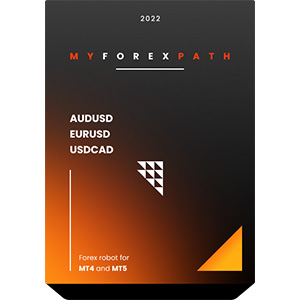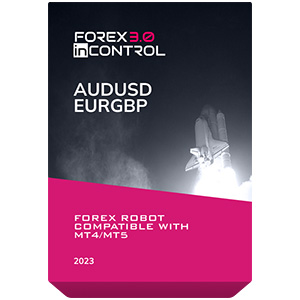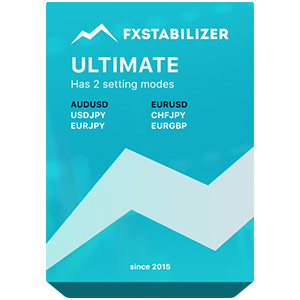
Cosa significa copertura Forex? L'interpretazione diretta del termine "copertura" è un recinto. In senso figurato, può significare assicurazione o garanzia. In senso lato, la copertura può essere intesa come azioni volte a ridurre il rischio di cambiamenti sfavorevoli nel prezzo di un particolare asset. Le caratteristiche di queste azioni possono variare a seconda degli aspetti unici del mercato. Questo articolo offre una descrizione dettagliata della copertura Forex e delle migliori strategie per utilizzarla.
Cosa è la Copertura nel Forex?
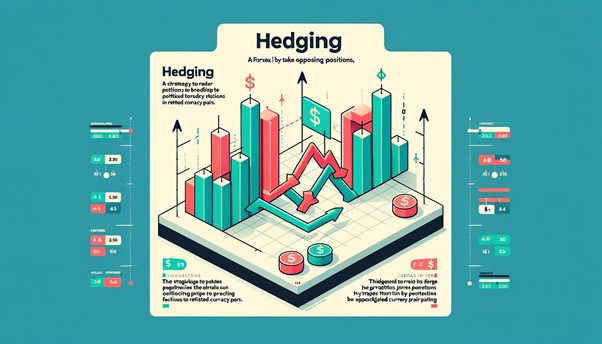
Quando la maggior parte delle persone pensa al Forex, immagina molte valute scambiate sul mercato contemporaneamente. Questo è vero. Le variazioni dei prezzi di queste valute possono portare ai trader sia perdite che profitti. Uno specialista di trading esperto può coprirsi e alla fine avere successo con quasi qualsiasi fluttuazione dei prezzi.
Quando sorge la domanda "Cosa è la copertura nel Forex?", è conveniente rispondere con l'esempio della gestione del proprio reddito. Ad esempio, puoi immaginare di lavorare per un'azienda europea ma vivere negli Stati Uniti. Riceverai il tuo stipendio in euro e spenderai i tuoi soldi in dollari. In questo caso, le fluttuazioni dei tassi di cambio possono comportare una ridotta capacità di acquisto.
In questo caso, è conveniente utilizzare la copertura Forex. Supponiamo che il tasso di cambio della coppia EUR/USD sia 1,3. Ciò significa che con uno stipendio di 5.000 euro al mese, riceverai $6.500. Tuttavia, se il tasso scende, ad esempio, a 1,25, allora in un mese riceverai solo $6.250. Si tratta di una riduzione significativa.
Per coprire tali rischi nel Forex, puoi aprire una posizione corta sul mercato Forex all'inizio del mese, vendendo EUR/USD. Se il tasso di cambio scende, puoi guadagnare gli stessi 250 dollari statunitensi. Cosa succederà se le quotazioni aumentano? In questo caso, perderai sul Forex, ma il potere d'acquisto dei tuoi 5.000 euro aumenterà e alla fine non perderai nulla.
Pro e Contro dell'Hedging nel Forex
Dopo aver appreso cos'è l'hedging nel trading Forex, è importante esaminarne vantaggi e svantaggi. Nonostante tutta la sua utilità, non è privo di difetti. Esploriamo i pro e i contro di questo approccio.
Il principale merito dell'hedging è che spesso è più utile della diversificazione. Il fatto è che la diversificazione non compensa completamente le perdite. Questo accade perché se ci sono molti asset, la correlazione tra di essi è positiva. Ciò significa che un portafoglio soffrirà in un mercato in calo, indipendentemente da quanto sia ben diversificato.
Tuttavia, l'hedging ha i suoi svantaggi. Come qualsiasi assicurazione, costa denaro. Pertanto, di solito viene utilizzato per brevi intervalli di tempo. È troppo costoso mantenere costantemente un hedge - ciò può ridurne la redditività. Inoltre, questo strumento è piuttosto complesso e i principianti potrebbero non comprenderlo. Senza dubbio, i trader dovrebbero essere consapevoli dei benefici dell'hedging, ma devono essere utilizzati saggiamente, tenendo conto di tutti i fattori di mercato.
Strategie Comuni di Hedging nel Forex
Il significato dell'hedging nel Forex varia a seconda dell'approccio. Numerose strategie di hedging possono mitigare i rischi associati alle fluttuazioni dei prezzi. Ad esempio, se prevedi un calo del mercato, potresti voler proteggere i tuoi fondi dall'incertezza. In questo caso, le strategie di hedging sono a tua disposizione per aiutarti a tranquillizzare la tua mente e mitigare i rischi.
Strategia di Hedging Forex Diretta
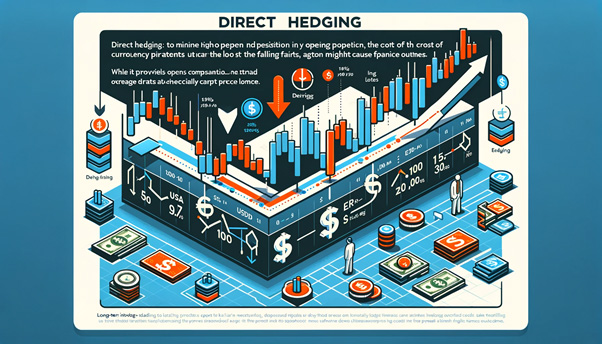
La copertura diretta comporta l'avvio di un trade che si oppone alla direzione di un'offerta attuale. Supponiamo che tu abbia una posizione long aperta su EUR/USD. Potresti provare ad aprire una posizione di vendita sulla stessa coppia. Di conseguenza, in un mercato in discesa, riceverai un parziale risarcimento e limiterai il ribasso del portafoglio.
Questo tipo offre una soluzione semplice ed efficiente per minimizzare il rischio di trading. Allo stesso tempo, potrebbe comportare significative spese per il trader. Lo spread verrà pagato due volte, e ciò potrebbe essere pericoloso per il tuo risultato finanziario.
Sembra che il profitto netto con questo approccio sarà zero. Allora, perché utilizzarlo? Spesso, la copertura diretta è praticata dagli investitori a lungo termine che continuano ad acquistare posizioni e desiderano che queste continuino anziché essere chiuse al cambiare delle condizioni di mercato.
Ad esempio, se ti aspetti delle importanti notizie che potrebbero portare a un calo dei prezzi, ha senso creare contemporaneamente una posizione corta. Inoltre, i trader spesso utilizzano la copertura diretta per proteggere i profitti già realizzati da un trade. Questo si ottiene aprendo nuove posizioni corte contro una già esistente long.
Strategia di copertura della correlazione nel Forex

Come fare copertura nel Forex se si negoziano diverse coppie di valute? Questo approccio comporta un livello di complessità più elevato, ma potrebbe essere sicuramente utile per te. Una copertura multi-valuta si verifica quando hai una posizione long e una posizione corta opposta in una di quelle valute.
Ad esempio, puoi andare long sul mercato GBP/USD e short sul mercato USD/JPY. In questo caso, sarai fortemente protetto dall'esposizione ai dollari statunitensi. Tuttavia, questo approccio non tiene conto delle fluttuazioni di altre valute con cui stai operando. In questi casi, se il JPY o il GBP fluttuano, sarai comunque esposto al rischio.
Questo approccio funziona perché alcune coppie di valute Forex mostrano una forte correlazione tra loro. Puoi vedere il coefficiente di correlazione variare da -1 a +1. La vicinanza a +1 indica che le valute si muoveranno nella stessa direzione sui grafici. Ad esempio, è un fatto ben noto che l'euro e la sterlina britannica sono altamente correlati poiché entrambe le economie europee e britanniche hanno stretti legami. Queste correlazioni si verificano anche con molte altre coppie.
Il vantaggio dell'hedging sulla correlazione è che questa strategia è completamente legale in tutti i paesi. D'altra parte, nessuna valuta è completamente correlata con un'altra e alcuni rischi rimangono.
Strategia di hedging con opzioni Forex
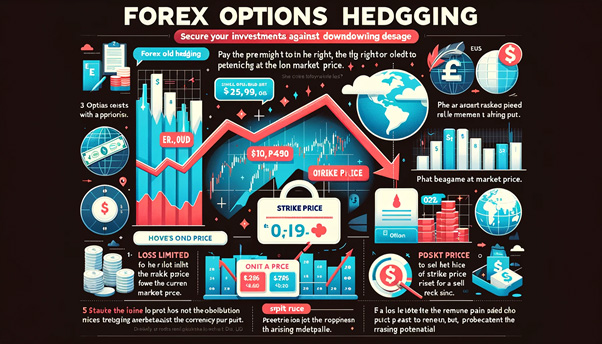
Un'opzione nel Forex è un accordo per scambiare a un certo prezzo in futuro. È uno strumento comune utilizzato dai trader che vogliono coprire la propria posizione. Questo tipo di hedging può essere compreso con un esempio.
Supponiamo che tu abbia aperto una posizione long sulla coppia EUR/USD a 1.3, aspettandoti che il grafico salga. Tuttavia, poi hai pensato a nuovi dati economici che potrebbero essere rilasciati presto e che erano garantiti di far scendere il prezzo. Per ridurre questo rischio, puoi utilizzare un'opzione con un prezzo di esercizio di circa $1.25 con una data di scadenza successiva al rilascio dei nuovi dati.
Se la coppia scende, riceverai un pagamento in base ai termini del contratto specificato. Se la notizia non si avvera e la coppia continua a salire, potrai continuare a mantenere la posizione long e perderai solo il premio previsto nel contratto dell'opzione.
Fattori da considerare quando ci si copre nel Forex
- Prezzo. Coprire i costi denaro. Questo è particolarmente vero per le strategie che utilizzano opzioni. Le commissioni associate ai contratti possono influire significativamente sui tuoi guadagni. Pertanto, è così importante analizzare i possibili benefici e confrontarli con i costi.
- Complessità. Ovviamente, coprire (soprattutto le strategie che coinvolgono opzioni e future) può richiedere una profonda comprensione dei meccanismi finanziari. I trader dovrebbero avere una solida comprensione della dinamica di mercato e sapere come funziona per evitare di commettere errori non redditizi.
- Regole. Come discusso di seguito, coprire richiede conoscenza del quadro normativo. Alcune forme possono essere limitate o completamente proibite in determinati stati. Naturalmente, i trader sono tenuti a rispettare le leggi locali e tenere conto delle restrizioni esistenti.
- Volatilità di mercato. Comprendere e prevedere la volatilità di mercato è fondamentale nelle strategie di copertura. È interessante notare che l'alta volatilità può creare un'opportunità e costituire una minaccia per la copertura.
- Liquidità. La liquidità può influenzare il costo della copertura e, di conseguenza, il tuo profitto. Se fai trading in mercati altamente liquidi, utilizzare una copertura non sarà il compito più difficile per te.
- Arco temporale. Abbiamo menzionato in precedenza che la copertura viene utilizzata più spesso per transazioni a breve termine. Questo è dovuto al costo dell'utilizzo di questo strumento. Pertanto, una solida comprensione del periodo temporale in cui prevedi di guadagnare è cruciale per il successo finale.
- Tolleranza al rischio. Questo è uno degli elementi chiave in qualsiasi strategia di trading. Ovviamente, deve essere preso in considerazione nell'uso della copertura. Ad esempio, i trader più conservatori sono più propensi a scegliere di assicurarsi contro i rischi.


